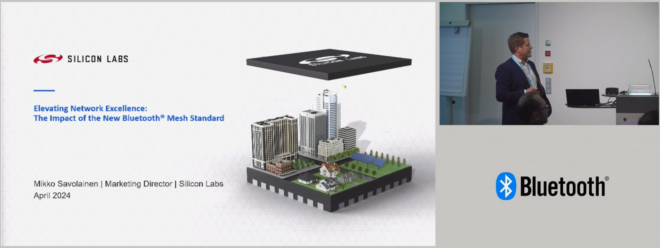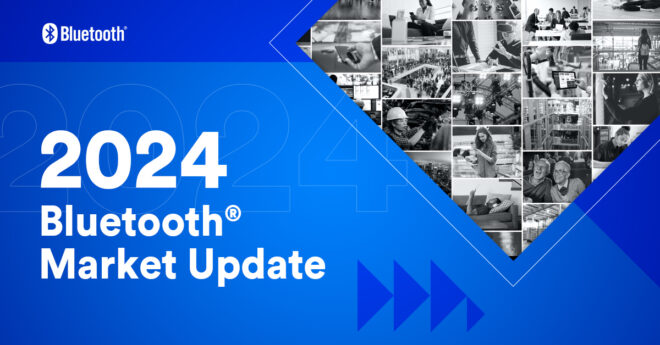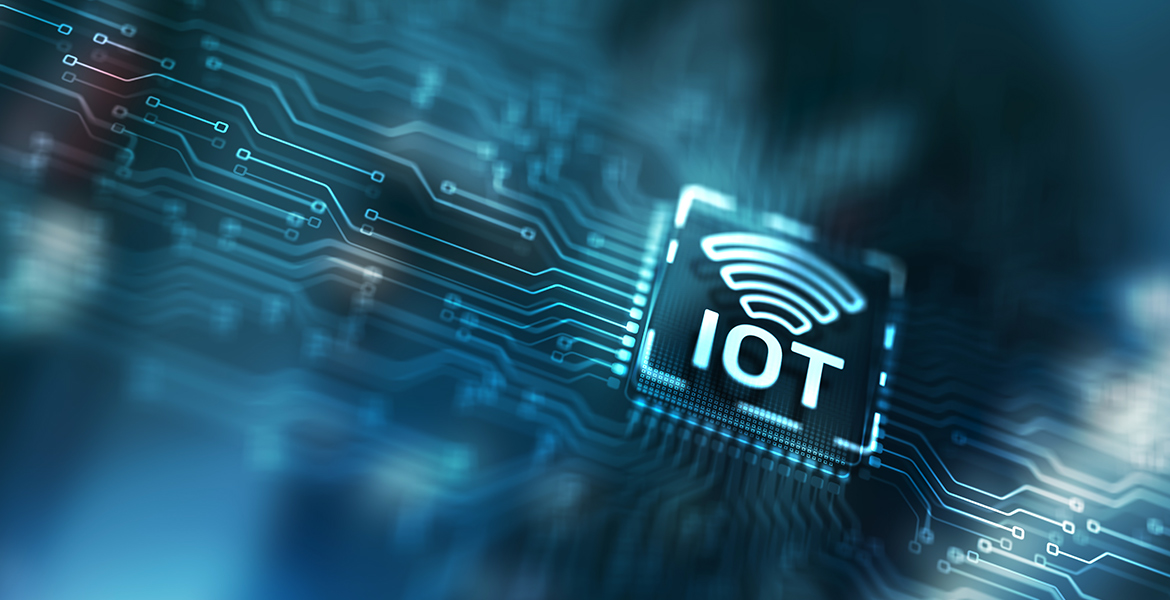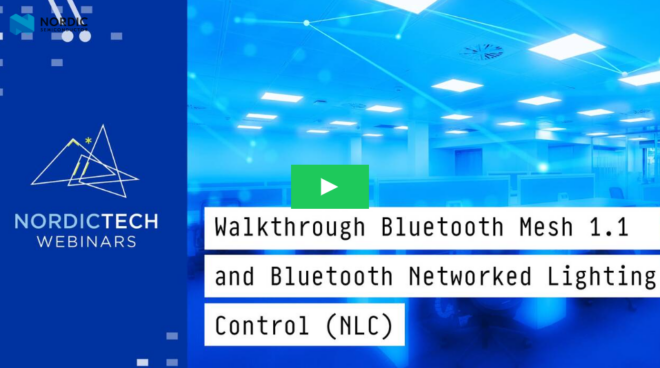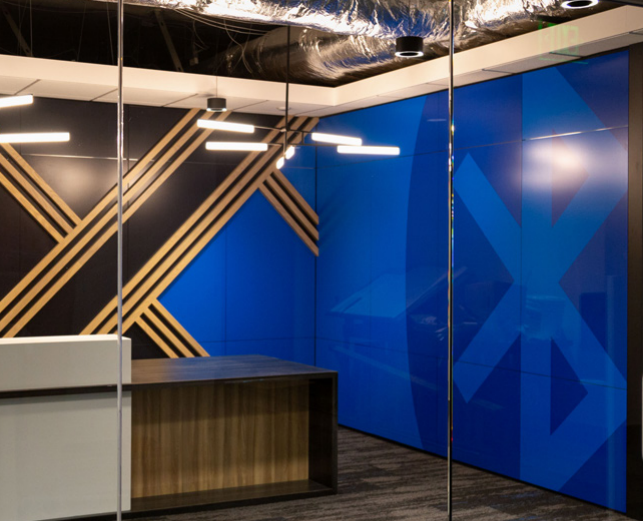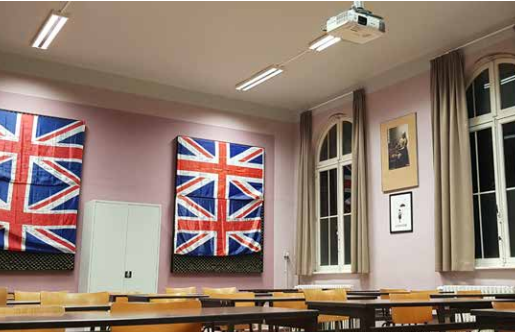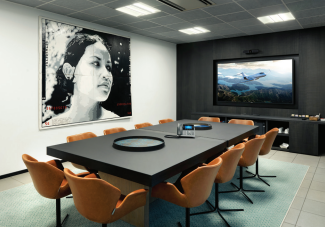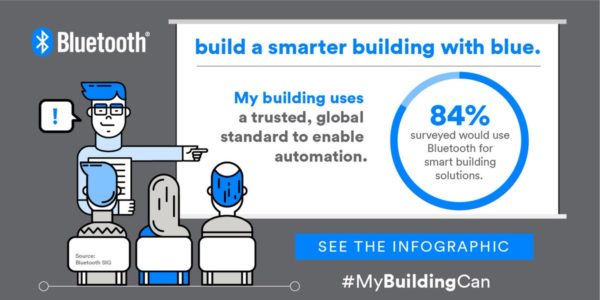With its capability to seamlessly connect tens, hundreds, or even thousands of devices on a single network, Bluetooth® Mesh is quickly becoming a sought-after solution for device network infrastructures. With more than 100 qualified Bluetooth Mesh products and a number of real-world implementations, including the city of Jaworzno and a retrofit of the Brussels office of Macq, Bluetooth Mesh is well positioned to make a big impact in the smart buildings of tomorrow. Nowhere has this impact been more apparent than in connected lighting.

The Silver Bullet for the IoT Lighting Revolution
In a recent presentation at Strategies in Light, Szymon Slupik, CTO and co-founder of Silvair, outlined how, thanks to Bluetooth technology, the luminaire is following the path of the smartphone and changing the way we look at commercial lighting. In the same way smartphones eliminated the consumer need for separate pocket cameras and travel alarm clocks, Bluetooth enabled lighting is eliminating the commercial need for separate lighting control systems.
Just as smartphones incorporate the functions of multiple devices, from clocks to maps to cameras, Bluetooth enabled luminaires combine multiple components that were traditionally thought of as separate. With Bluetooth enabled lighting, the radio, sensors, microprocessor, and controller are all built in. This allows you to seamlessly create a full, multi-purpose device network built on your commercial lighting infrastructure. Beyond serving as a control platform for lighting, these luminaries can support a range of other Bluetooth enabled services, from asset tracking and wayfinding to point of interest information and space utilization.
The value of additional services enabled by smart lighting is seven to ten times more valuable than the lighting controls and energy savings themselves.
Szymon Slupik, Silvair
Slupik goes on to make further comparisons, saying that by its nature, the smartphone is a complex device, one made simpler by built-in and installed apps. The Bluetooth enabled lighting control system is no different. Like the smartphone, there are applications available that remove the complexity. With Bluetooth enabled luminaires, you can easily set up the entire network via an app on your laptop or smartphone, essentially putting a complete lighting control system in your pocket. “The smartphone is your new tool to configure lighting systems,” said Slupik. “It is your new installer’s tool…your screwdriver, so to speak.”
One Standard is Building a World of Interoperability
In his presentation, Slupik notes that one of the greatest advantages of Bluetooth Mesh, as with all Bluetooth® topologies, is its inherent interoperability. “You can take components from other companies, put them together in a building, and they just work together,” said Slupik. “That’s the power of interoperability driven by Bluetooth. It has always been the cornerstone of the technology and it really is the Bluetooth guarantee.”
It’s that same promise that Bluetooth technology fulfilled for audio 20 years ago. Today, when you buy a wireless headset or wireless speaker, you don’t think about compatibility between sources built by one company and syncs from another because Bluetooth specifications ensure interoperability. The same approach is being taken with products that support Bluetooth Mesh. The number of different companies building qualified Bluetooth Mesh components across the globe continues to grow. And when these wireless lighting products are qualified, a globally interoperable Bluetooth Mesh ecosystem is created and interoperability is assured. This enables the widespread adoption of truly efficient connected lighting systems in commercial spaces.
Slupik also compares a Bluetooth Mesh network to a hugely popular social network. Watch the video above to find out which one and why, and learn why he thinks Bluetooth Mesh networking is revolutionary and will take over the industry.
![]()
FEATURED CASE STUDY
Silvair and the City of Jaworzno Introduce Innovative Wireless Lighting Control Technology as a Platform
This modernization of the lighting control system in Jaworzno is one of the first implementations of qualified Bluetooth Mesh technology in the world.



